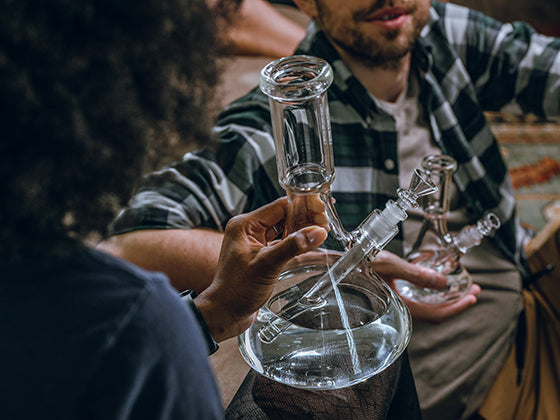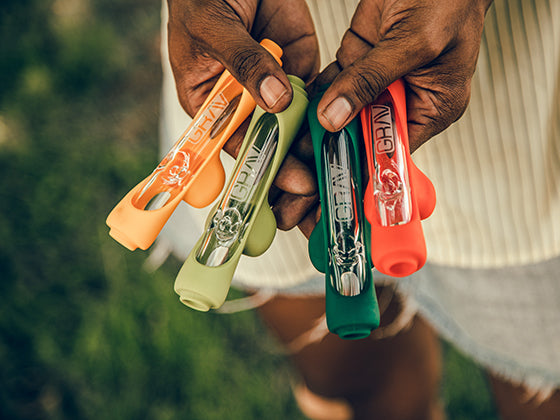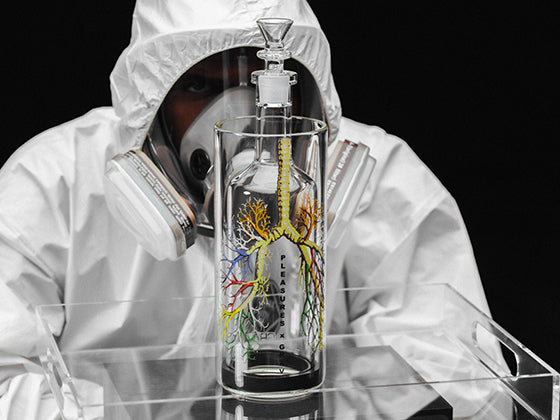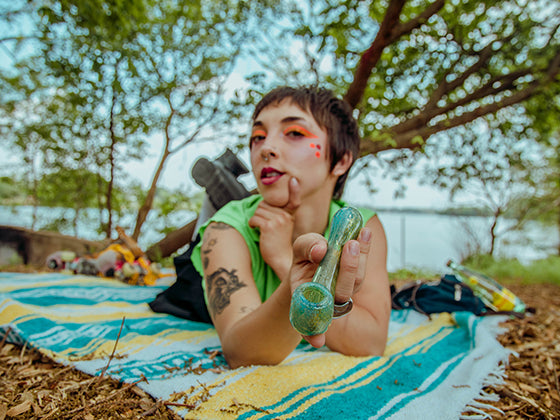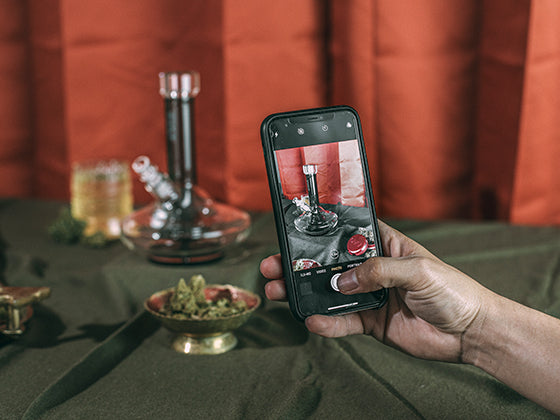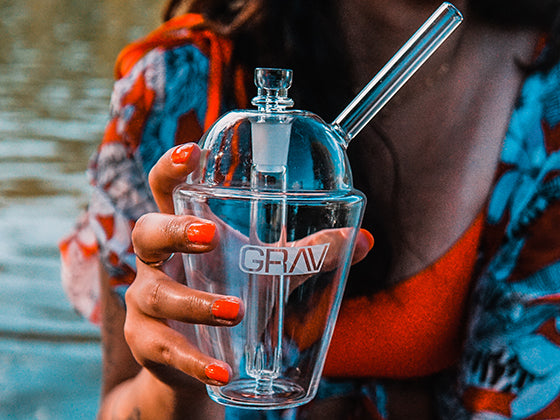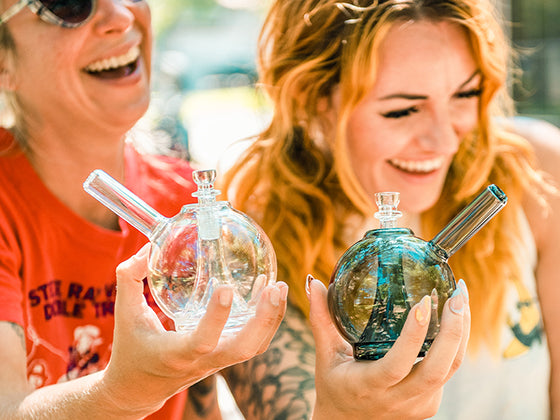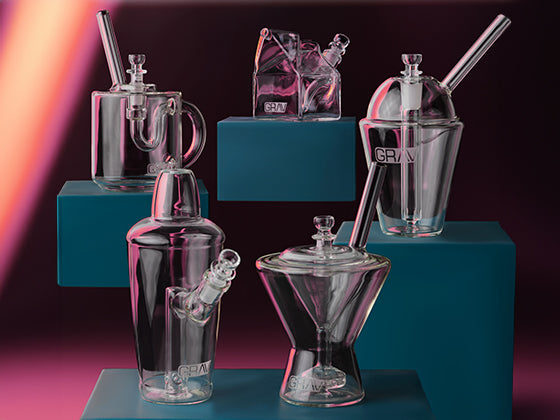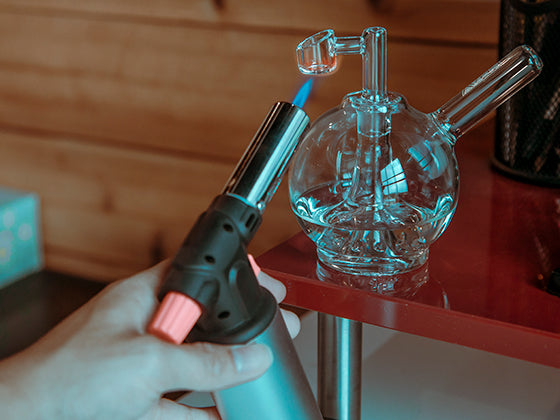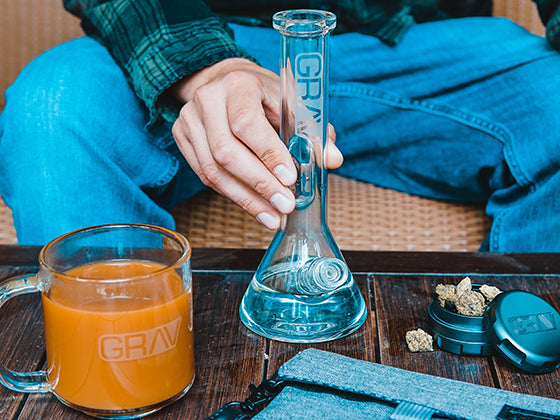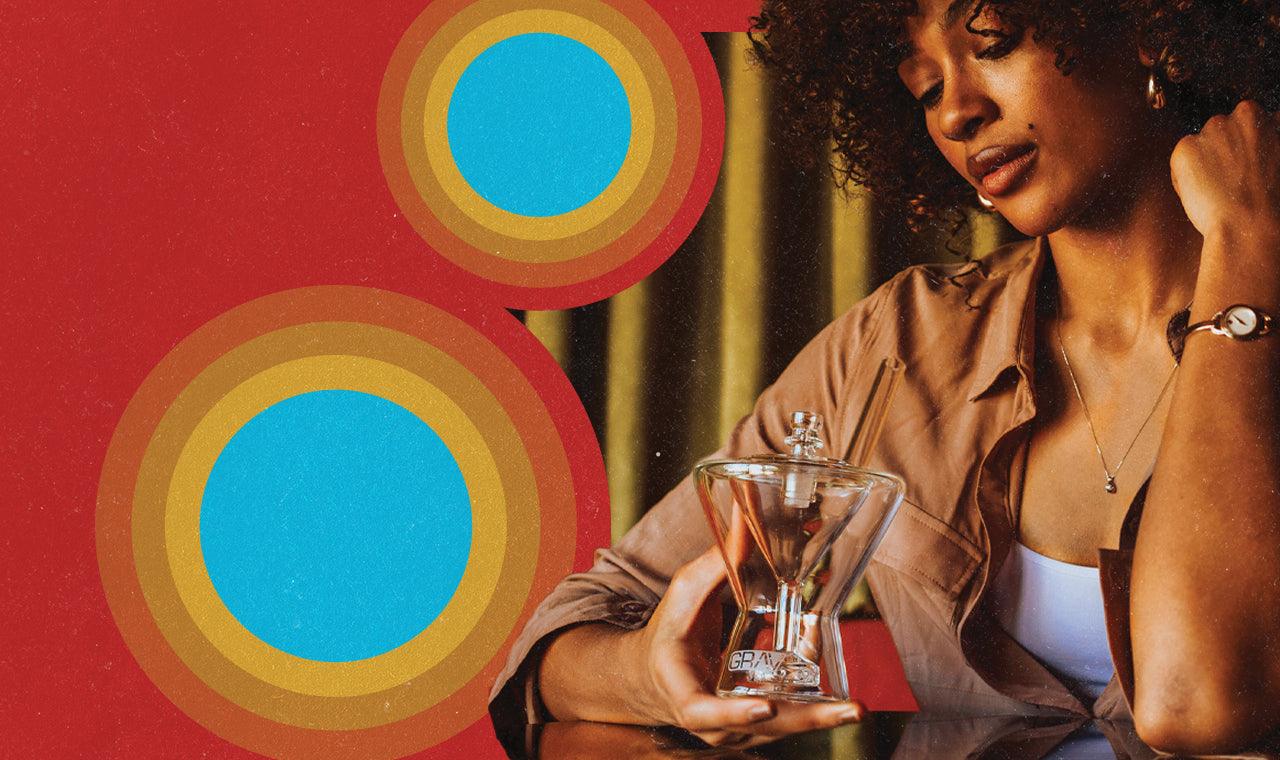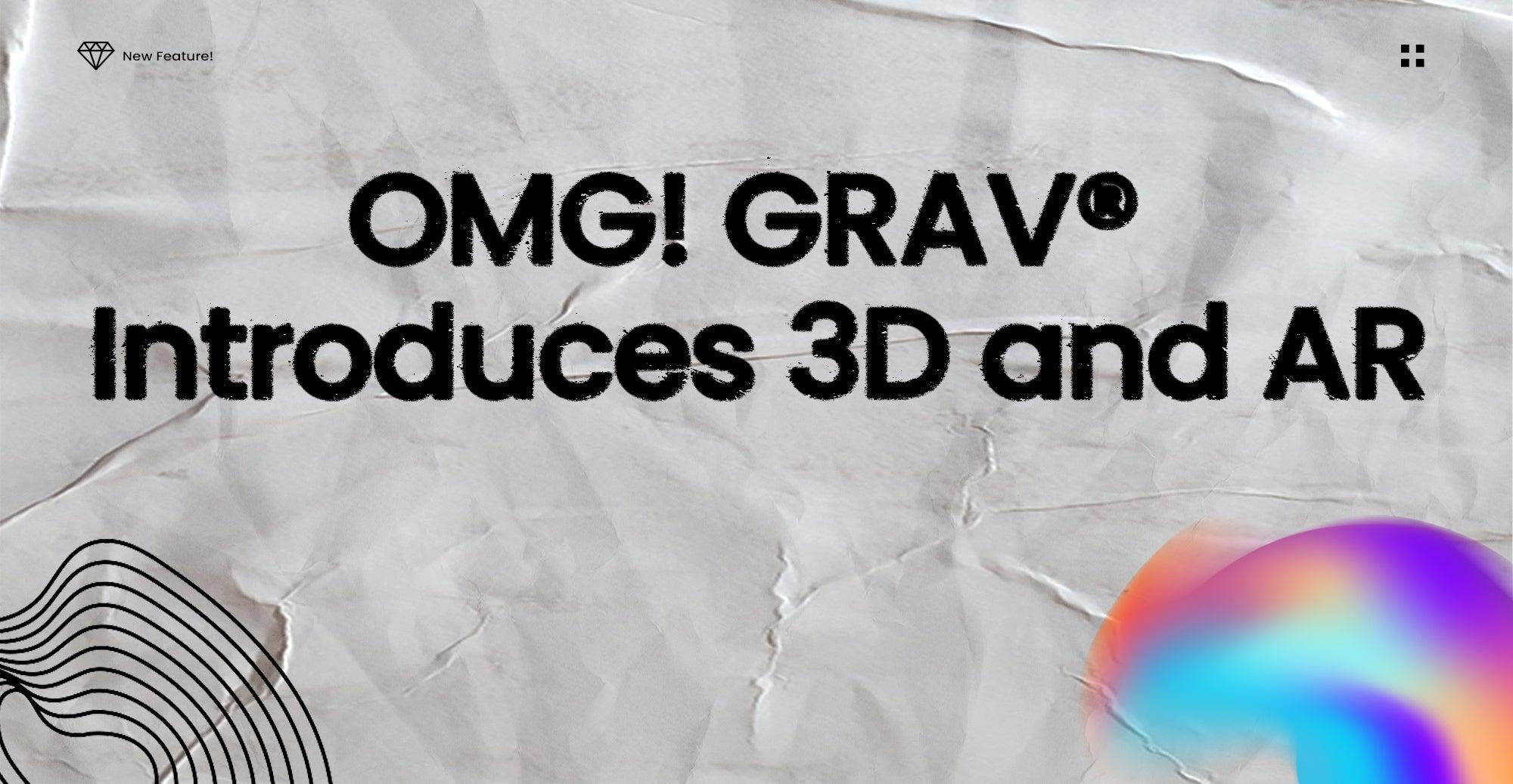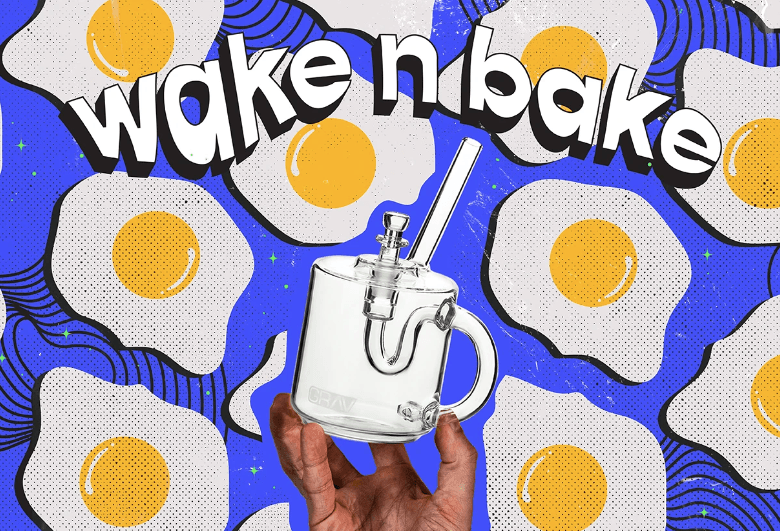It feels like you can’t turn around without running into someone who’s gearing up for Dry January. The annual 31-day sobriety challenge encourages people to abstain from the sauce and give their bodies a break after the hedonism and consumption-heavy holiday season.
Since the UK started promoting the event in 2014, it’s seen massive growth across the world. In fact, 1 in 7 Americans—15% of adults—participated in Dry January in 2021. It’s an encouraging statistic, especially considering 1 in 8 American adults now suffer from alcohol use disorder. And many more than that are uncomfortable with their relationship to alcohol, drinking more often or greater quantities than they’d like.
Dry January gives you a chance to reset. It provides a welcome break to your body, which works overtime to process alcohol and get it out of your system. And it can help you to normalize socializing and relaxing without the aid of booze.
So if you’re abstaining for the first four weeks of the year, here are five tips to help you make it through. Who knows? You may feel so good you decide to extend your break for longer than a month.
1. Explore The Wide World of Alcohol-Free Drinks
When your default drinks are water, coffee, and booze, you miss out on so many other delicious options. Reallocate a bit of that drinks budget to trying some of the fantastic non-alcoholic beverages on the market these days.
For beer drinkers, flavored sparkling water gives you the refreshing bubbles you’re after with no calories. Or you could try a non-alcoholic beer from your favorite brewery or from NA pioneers Athletic Brewing. They’ve come a long way from watery O’Doul’s.
Cocktail and liquor lovers can experiment with mocktails using alcohol-free spirits like Seedlip or Ritual. Another good option is kombucha, which comes in tons of sippable flavors and is good for your gut. Or try a hemp-based drink for a tasty calming bev. We’re loving Crisp & Crude, a woman-owned Austin-based business that makes terpene-forward drinks with hemp extract.

If you’re used to a nightcap, try diving into a pot of hot herbal tea. No, it won’t be the same as a bourbon on the rocks. Sorry. But a warm drink before bed can help you to wind down at the end of the night and may actually lead to falling asleep faster.
2. Avoid Triggers That Can Derail Your Goal
Whether you’re a problem drinker or just want to give yourself a reset, there are likely certain events or habits that will trigger a “time to drink” response.
If you usually attend the office happy hour and get lit up on Fridays, you may want to skip those for a few weeks rather than trusting yourself to drink seltzer. Same if Sunday football is usually a boozefest, or brunch with your besties.
Give yourself a chance to make it through the month by skipping some of these triggering events. If you can’t, make sure to come well-prepared with plenty of non-alcoholic options, and don’t be afraid to leave early if the temptation is too much.
3. Try Going “California Sober”
“California sober” refers to using cannabis in moderation, in lieu of any other drugs or alcohol. This approach can help drinkers to power through their 31 days booze-free.
Smoking cannabis in moderation keeps Dry January participants feeling relaxed and makes the transition away from alcohol less jarring. And since you’ll be saving money by not buying booze, you’ll have a little extra cash to hit the dispensary.
4. Dig Into a Little Education
Considering how much we like to drink, most of us are pretty ignorant of the effects of alcohol on the body. We know we like a buzz, and we know that when we overdo it, we feel like total crap the next day. But what is really going on inside when we drink?
Sobernauts often find they have a little extra time on their hands. Take the opportunity to learn a bit about booze. There’s a whole genre of “quit lit” books ranging from nonfiction to autobiographies and memoirs that can be eye-opening about what’s going on mentally and physically when we drink.
Here are a few to check out:
• This Naked Mind by Annie Grace• Alcohol Explained by William Porter
• The Unexpected Joy of Being Sober by Catherine Grey
• Quit Like a Woman: The Radical Choice to Not Drink in a Culture Obsessed with Alcohol by Holly Whitaker
• The Sober Lush: A Hedonist’s Guide to Living a Decadent, Adventurous, Soulful Life—Alcohol Free by Amanda Eyre Ward and Jardine Libaire
If you’re not a reader, look for podcasts or documentaries instead. Even if you plan to go back to drinking after Dry January, a little education may help you to moderate more in the future.
5. Track How You Feel
Before you dive into Dry January, do a quick self-assessment. How are you sleeping? Are you struggling with stress or anxiety? How are your relationships? Do you have more good days than bad days, or vice versa?
Check-in throughout the month to see what’s changing. Many people who stop drinking report improvements in their sleep, reduced anxiety, and an overall sense of well-being that they find quite surprising. After a few weeks feeling like a million bucks, you may be less tempted to pick up the bottle come February.
Whether you decide to cut all substances for your Dry January or just go California Sober, the break from alcohol is bound to do you good. It can lead to brighter skin, a clearer mind, better sleep, more energy, and even some weight loss. So drop the bottle and pick up the bong.
Note: GRAV® does not offer medical advice, and nothing in this article is intended as such. If you think you may have a drug or alcohol problem, speak to your doctor about recovery options.

